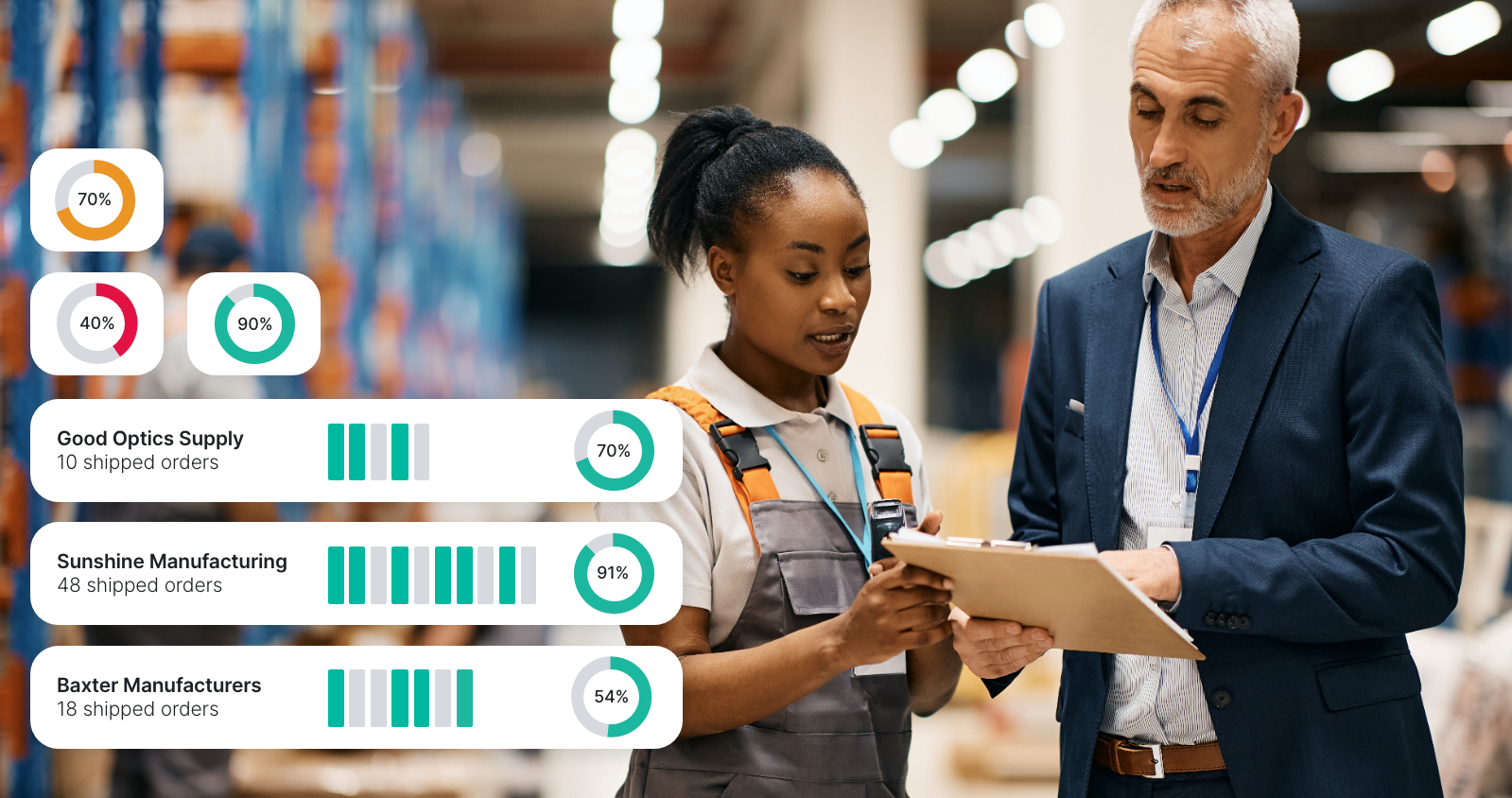By Rodney Manzo, CEO of Anvyl
In 2023, the supply chain landscape was characterized by formidable challenges that significantly impacted consumer goods brands. These obstacles, ranging from persistent supply shortages and widespread labor disputes to shifting political and regulatory landscapes, presented a complex array of hurdles. As we move forward in 2024, these challenges are persisting and evolving, requiring brands to adapt and innovate in response.
In this environment, consumer goods brands must develop and implement strategic approaches to effectively navigate these ongoing and emerging challenges. Here are some of the essential strategies brands will need to adapt to not only navigate but also excel in a rapidly changing market.
Tackling Top Supply Chain Disruptions
2024 continues to be shaped by supply shortages, transportation delays, and other legacy disruptions. According to top consumer brands, the key to navigating these challenges lies in enhancing supply chain visibility.
For our new report, The Current State of Supply Chain, we surveyed consumer brands with annual revenues between $15 million and $750 million. More than half (52%) of the 600 brands surveyed identified supply chain visibility as their top priority this year.
But how exactly do consumer brands address visibility head-on?
As they fine-tune their tech stack, they must invest in advanced tracking and real-time data analytics and utilize supply chain management software as a pivotal tool. When brands use this technology, they gain granular insights into their supply chains, facilitating a real-time understanding of inventory levels, production statuses, and potential bottlenecks.
Innovative fulfillment tactics, like dynamic inventory forecasting and strategic product testing, have also never been more important to mitigate risks and adapt to fluctuating market demands.
As supply shortages and transportation delays continue to wreak havoc, these actions help facilitate a proactive response to potential disruptions, building more resilience and visibility for consumer brands in 2024.
Here are three other key strategies brands should consider in order to build a resilent supply chain:
1. Strategic Budgeting and Technological Investments
As consumer goods brands confront the evolving supply chain landscape in 2024, the strategic allocation of budgets and targeted technological investments are for success. Recognizing the imperative to adapt to changing dynamics, brands are recalibrating their investment priorities to increase their supply chain resilience.
Even as recession talks have spooked corporate spenders across the board, 62% of consumer brands in our survey identified an upswing in their supply chain technology budget for the year.
This signals a collective recognition of technology’s integral role in the modern supply chain. They’ve extended their focus to pivotal areas such as procurement efficiency, integrated supply chain management technologies, and optimizing inventory and logistics.
What this also shows, however, is that brands are also steering their investments towards areas that promise not just efficiency but also cost-effectiveness, laying the groundwork for a resilient and agile supply chain.
Strategic investments in these domains are crucial for improving customer satisfaction, reducing operational costs, and boosting overall supply chain efficiency. Consumer brands are positioning themselves for immediate resilience and sustained excellence in the face of evolving supply chain dynamics.
2. Refining Operational Excellence and Sustainability
One significant challenge facing consumer brands this year, especially in e-commerce, is the efficient returns management. Among the top challenges they identify, according to Anvyl’s research, are the high cost of returns, lost revenue, the time it takes to process returns, and an inability to resell items quickly.
To mitigate these challenges, the automation of return processes and the adoption of advanced reverse logistics solutions are crucial.
For instance, software tools can streamline return processes for both brands and customers by automating RMAs and policies, reducing the time and cost involved. By connecting to efficient processing services, these software solutions ensure that returns stay local and are hassle-free, leading to more profitability per unit returned.
Simultaneously, the growing consumer emphasis on sustainable practices pushes brands to integrate environmentally responsible methods into their supply chains. Nearly two-thirds (64%) of consumer brands are committed to prioritizing supply chain sustainability this year.
This heightened emphasis on sustainability must transcend mere rhetoric, however, with brands actively reevaluating their logistic partners and suppliers for adherence to environmentally responsible practices.
The integration of sustainable sourcing and distribution partners not only aligns with the growing eco-conscious consumer sentiment but also serves as a strategic move to fortify supply chains against the backdrop of climate-related uncertainties.
3. Embracing Adaptive Strategies for Future Success
As consumer goods brands grapple with the ongoing challenges in supply chains, it becomes clear that these obstacles also serve as catalysts for growth and innovation. By prioritizing supply chain visibility, operational excellence, and strategic investments in technology and sustainability, brands can not only navigate the current landscape but also lay a strong foundation for future success.
The journey through 2024’s supply chain is one of adaptation and resilience, focusing on embracing change and leveraging it to build more robust and responsive supply chains. As consumer goods brands navigate supply chain complexities, adopting adaptive strategies is not just a response to challenges but a blueprint for future success.
To learn more about how Anvyl can help your brand run a more efficient supply chain, request a demo.



